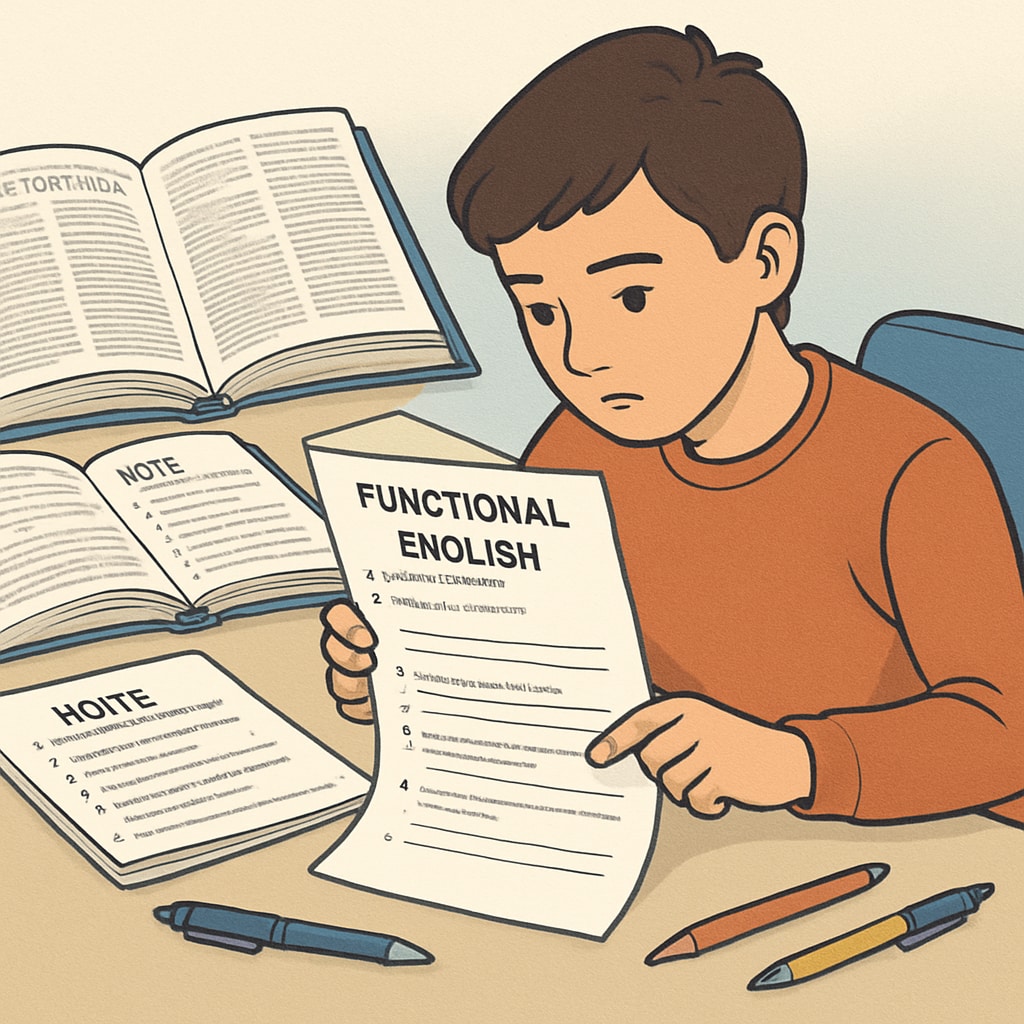For many students preparing for Functional English Level 2 reading tests, accurately identifying the purpose of a text—whether informational, explanatory, or persuasive—can be a daunting challenge. This ability is critical for excelling in such tests as it directly impacts comprehension and response accuracy. In this article, we will explore practical techniques to determine text purposes and provide actionable guidance to enhance your reading comprehension skills.
Why Understanding Text Purpose Matters in Functional English
Text purpose refers to the primary goal behind a piece of writing. Authors craft their texts to achieve one or more objectives, such as providing factual information, explaining complex ideas, or persuading readers to adopt a specific viewpoint. Understanding the purpose helps students:
- Grasp the author’s intent and tone.
- Identify relevant information quickly.
- Answer test questions with higher accuracy.
However, distinguishing between these purposes isn’t always straightforward, especially when texts contain overlapping features. For instance, an article might present facts (informational) while subtly encouraging action (persuasive). Recognizing these nuances is key to mastering Functional English reading tests.

Breaking Down Text Purposes: Informational, Explanatory, and Persuasive
Before diving into strategies, let’s clarify the three main text purposes: informational, explanatory, and persuasive. Each has distinct characteristics that can serve as clues during your reading:
Informational Texts
Informational texts aim to provide facts, data, or instructions without expressing opinions. Examples include news reports, manuals, and academic articles. Look for:
- Neutral tone and straightforward language.
- Focus on presenting objective details.
- Absence of emotional or persuasive language.
Explanatory Texts
Explanatory texts delve into reasons, processes, or analyses. Their purpose is to clarify or elaborate on a topic. Examples include how-to guides, scientific explanations, and essays. Key indicators include:
- Use of transitional phrases like “because,” “therefore,” or “as a result.”
- Step-by-step descriptions or logical sequences.
- Frequent use of examples to illustrate points.
Persuasive Texts
Persuasive texts aim to influence opinions or prompt action. They are common in advertisements, opinion pieces, and campaign materials. To identify them, watch for:
- Emotional or charged language.
- Repetition of key ideas or calls to action (e.g., “Act now!”).
- Evidence or statistics used selectively to support arguments.
Strategies to Identify Text Purposes in Reading Tests
Now that we’ve defined the text purposes, let’s explore techniques to identify them during a Functional English Level 2 reading test:
- Preview the Text: Quickly skim the title, headings, and any bolded terms. These often hint at the focus and objective of the text.
- Analyze the Language: Pay attention to the tone, choice of words, and sentence structure. For example, neutral and factual language suggests an informational text, while emotive words indicate persuasion.
- Check for Supporting Details: Evaluate whether the text uses evidence, examples, or logical reasoning. Explanatory texts often rely heavily on these elements.
- Identify the Target Audience: Consider who the text is addressing. Persuasive texts often target a specific group to elicit action or change beliefs.
- Ask the Purpose Question: Pause and ask yourself: “Why was this text written?” This simple step can clarify the author’s intent.
By practicing these techniques, students can systematically approach any text and improve their ability to determine its purpose.

Practice Makes Perfect: Example Analysis
Let’s apply these strategies to a sample text:
“Recent studies reveal that regular exercise significantly reduces the risk of chronic diseases. Health experts recommend at least 30 minutes of moderate physical activity daily. Start today to improve your wellbeing!”
Analysis:
- Language: The text begins with a factual statement (informational) but concludes with a call to action (“Start today!”), indicating persuasion.
- Purpose: While it provides information, the primary aim is to encourage readers to exercise regularly—making this a persuasive text.
Conclusion: Mastering Text Purpose in Functional English
Determining the purpose of a text is a crucial skill for Functional English Level 2 reading tests. By understanding the distinct features of informational, explanatory, and persuasive texts and applying targeted strategies, students can navigate these challenges with confidence. Practice regularly, analyze examples, and remember: text purpose is the key to unlocking comprehension and success.
For further reading on text analysis and comprehension strategies, visit Reading Comprehension on Britannica or explore the Functional English guide on Wikipedia.
Readability guidance: Use short paragraphs, lists, and examples to simplify complex ideas. Limit passive voice and long sentences for better engagement and clarity.


